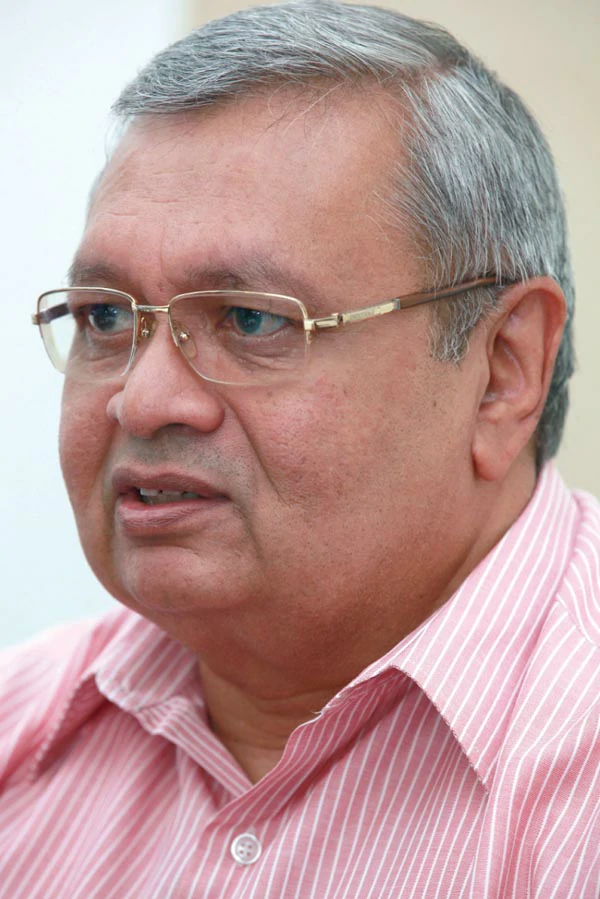
With the crucial step of inventing a two byte character allocation table for Sinhala and Tamil languages Donald Gaminitillake – an Image Technologist – has taken ICT development in Sri Lanka to new heights. While explaining the significance of taking the two languages into an ICT based future and the progress required, he extends a description on the importance of his invention that won a Merit Award in the Public Welfare category at the Presidential Awards 2009.
A character allocation table enables the methodical translation of Roman characters to Sinhala and Tamil characters in order to use Sinhala and Tamil characters efficiently on a QWERTY keyboard. This is made complicated when individual characters are broken into parts.
“We had an issue in Sinhala and Tamil where you don’t see the same character on different browsers. If you have a standard you would not experience this,” said Donald Gaminitillake elaborating on his venture in developing a proper standard for Sinhala and Tamil characters that could be utilised for computer and printing purposes. Gaminitillake holds a B E in printing and publishing from the University of Chiba, Japan. Not stopping there, he continued to expand his career in Japan, finally returning to his homeland in 1999. “When I returned I saw the problem and then started working on the software programme,” he said.
The system that is currently registered in the Unicode – an American consortium or a computing industry standard, used in most of the world’s writing systems – has certain issues associated with it, as the system does not include a complete set of Sinhala and Tamil characters with UTF values. This particular system has been adopted as the standard in the country under the objection of many, including Gaminitillake and the Sri Lanka Printers Association. “I objected and then applied for my patent in 2003,” said Gaminitillake. “In 2009 they gave me the patent and I received recognition in 2012. Therefore, from the beginning to the end it took me ten years,” he further added. However, the system is yet to be implemented.
The system he has developed uses an allocation table that comprises of 2,000 characters to include a more correct and comprehensive set of characters using the QWERTY keyboard. “When Japan went through the period of changing from manual to computer, they had this character problem as they had approximately 10,000 characters. Still they overcame it,” said Gaminitillake, stressing that it is not a hurdle to implement a proper standard.
Benefits gained from using this programme created by Gaminitillake include distance education in Sinhala and Tamil, a proper method to translate English/Tamil/Sinhala, making government and legal work more manageable in fields such as land registration and court proceedings; making way for Sinhala and Tamil OCR in Sri Lanka, as well as making many aspects more accessible to all regardless of language.
Gaminitillake cited the Presidential Awards as an exemplary means of encouraging new innovations as it gives much recognition to those who are involved in the process, providing the much needed confidence. Expanding further he went on to express how the software could be used as a very lucrative invention that could bring in much economic value to the country. “This is a solution for all Indic languages. Not only for Sinhala and Tamil as it could be copied; there are many opportunities,” he stressed.
“I have published the correct allocation table,” said Gaminitillake detailing his invention. “I have received due recognition and now I merely await the support to take the project forward, make it work and take Sinhala and Tamil forward into a ICT based future,” concluded Donald Gaminitillake.





